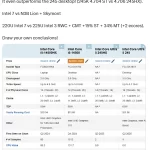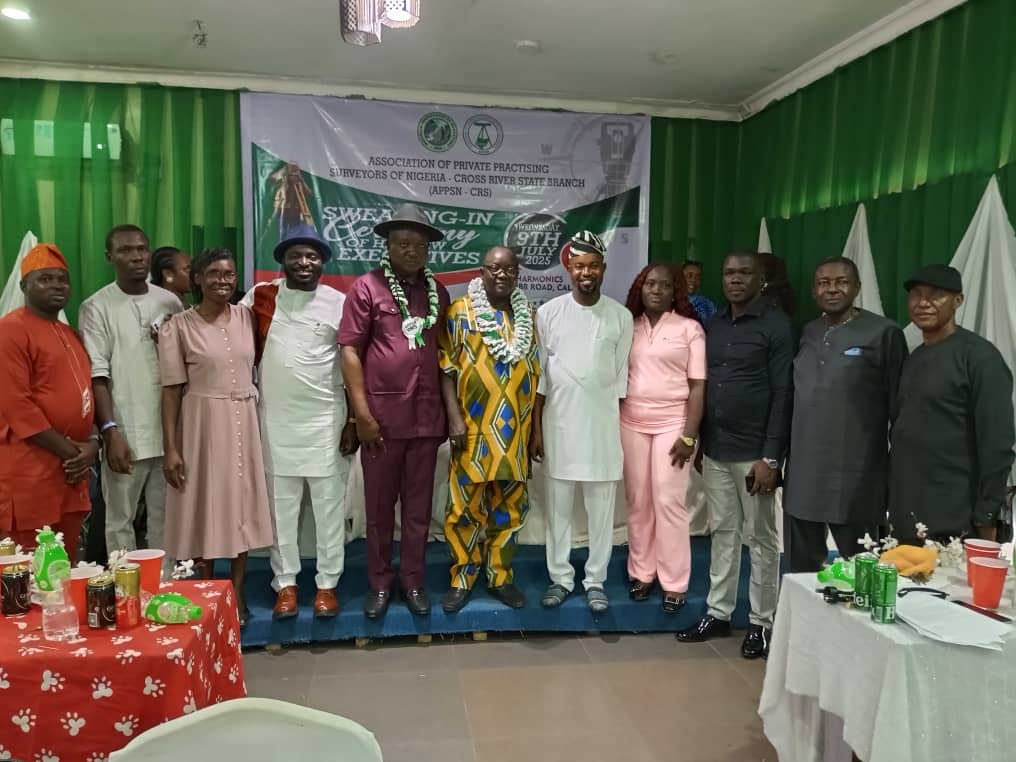President Donald Trump took dead aim at California’s high-speed rail project Tuesday, promising to lead an investigation into the beleaguered project under construction in Fresno and the central San Joaquin Valley.
“The train that’s being built between Los Angeles and San Francisco is the worst managed project I think I’ve ever seen, and I’ve seen some of the worst,” Trump told reporters Tuesday. He asserted that the project is “billions and billions, hundreds of billions of dollars over budget.”
“We’re going to start a big investigation of that, because I’ve never seen anything like it,” he added. “Nobody’s ever seen anything like it. The worst overruns that there have ever been in the history of our country.”
Even before Tuesday, there was an air of uncertainty over the bullet train project. In 2019, Trump canceled a previously awarded federal grant of almost $1 billion and threatened to claw back several billion dollars in other federal funds awarded to the project during the Obama administration.
Trump and one of his key advisers, technology billionaire Elon Musk, have both been highly critical of the California High-Speed Rail Authority and its planned bullet-train project to connect Los Angeles and San Francisco by way of Fresno and the San Joaquin Valley.
But on Tuesday, the president said that Musk — who he named to lead the advisory Department of Government Efficiency, or DOGE — won’t be involved in the investigation: “No, I’m doing that myself.”
Trump’s comments were part of a diatribe against government corruption, expressing his opinion that government officials must be taking kickbacks from organizations receiving money from the U.S. Agency for International Development (USAID). The agency provides support for education and hunger efforts overseas.
California’s ambitious rail project has been beset by an ever-escalating price tag and a schedule that has slipped well beyond initial expectations. In 2008, when voters approved Proposition 1A, a $9.9 billion high-speed rail bond measure, the pitch was to build a fully electric-powered system of passenger trains traveling at speeds up to 220 mph from San Francisco to Los Angeles, by way of the San Joaquin Valley.
Except for disputing the president’s comments on the project’s cost, a spokesperson for the California High-Speed Rail Authority did not directly address Trump’s remarks.
“To date, 171 miles of the high-speed rail project are under design and active construction, more than 14,600 high-quality jobs have been created, and more than 880 small businesses are engaged on the project,” the spokesperson said in a prepared statement. “Of approximately $13 billion spent on the project, $10.5 billion have been funded exclusively by the state of California — not ‘hundreds of billions’ — and those expenditures have created over $22 billion in economic impact, largely in California’s Central Valley communities.”
“Every dollar of the project is accounted for and has been thoroughly reviewed by the independent Office of the Inspector General (OIG),” the statement said.
Despite the president’s false assertions that the California High-Speed Rail Authority has “hundreds of billions of dollars of cost overruns” on its project, the agency has spent nowhere near that amount.
Since 2006, the state has spent just over $13 billion, most of it for development and construction not only in the San Joaquin Valley, but on “bookend” portions of the route in the San Francisco Bay Area and the Los Angeles Basin.
To date, the Federal Railroad Administration under the Obama and Biden presidential administrations has provided less than $7 billion in grants to California for the project.
But President Trump was more accurate when he pointed out the abbreviated scale of construction and planning from what was ultimately proposed to for trains to run between Los Angeles and San Francisco with future extensions to Sacramento and San Diego.
“Now it’s not even going to San Francisco and it’s not going to Los Angeles. They made it much shorter,” the president said of what is now set to be an initial passenger-carrying line within the San Joaquin Valley between Merced and Bakersfield. ”So now it’s at little places way away from San Francisco and way away from Los Angeles.”
The latest plan by the California High-Speed Rail Authority is to wait to build extensions to San Jose and to Los Angeles and Anaheim until the agency has firmly identified where the rest of the estimated $88.5 billion to $129.9 billion would come from. The chasm between the low and high estimates reflects uncertainty over what it could ultimately cost to build beyond Bakersfield and Merced, including tunnels through the Diablo Range and Pacheco Pass to reach the Bay Area and through the Tehachapi and San Gabriel mountains to get into the Los Angeles Basin.
But in 17 years since Proposition 1A was approved by voters, the rail program has encountered several problems that have pushed both its cost and its estimated completion date well beyond what state leaders and residents envisioned:
•An abundance of lawsuits over issues ranging from the use of state funds to the adequacy of environmental reports.
•Deadlines associated with spending billions of dollars of federal grants during the Obama administration that created a rush to begin work before much of the necessary planning and engineering work had been done.
•A painstakingly slow pace of buying right-of-way needed for construction.
•Change orders to contractors that have tacked hundreds of millions of dollars onto the project’s cost.
All of those issues and more set set in motion a domino-like series of circumstances that continue to plague the project, which is now not expected to begin carrying passengers between Merced and Bakersfield until sometime between 2030 and 2033. No time frame has been offered for building or operating future extensions to San Jose or Los Angeles.
Still, the rail authority said it is poised for the future.
“The majority of the approximately 500-mile system from San Francisco to Los Angeles is fully environmentally cleared and stand shovel-ready for future phases of investment,” the agency’s statement said.
___
© 2025 The Sacramento Bee
Distributed by Tribune Content Agency, LLC








